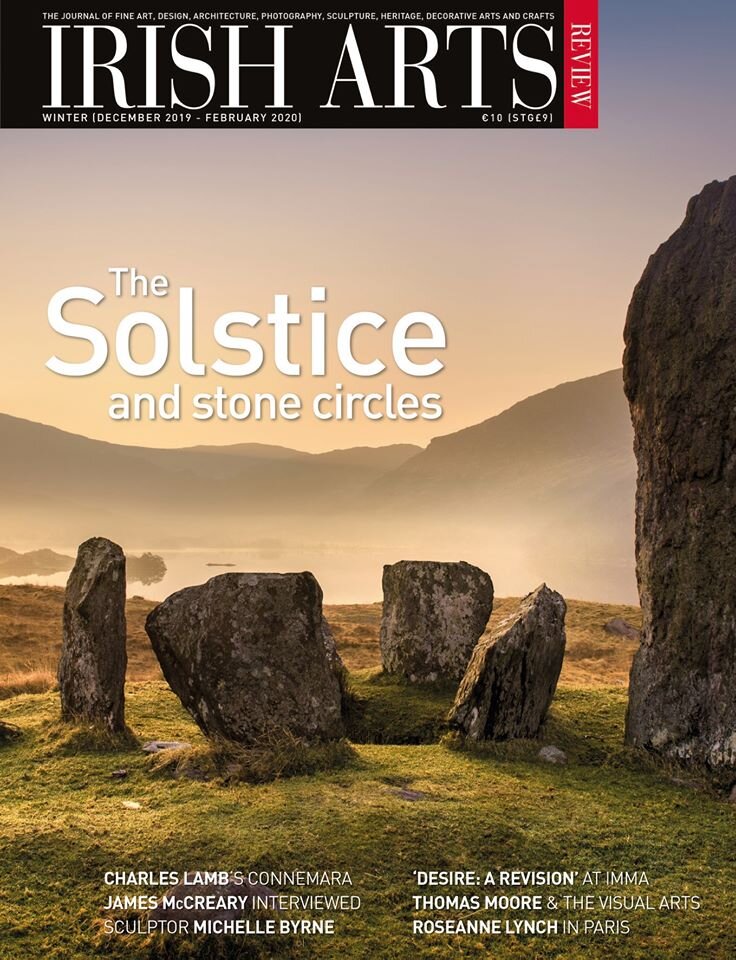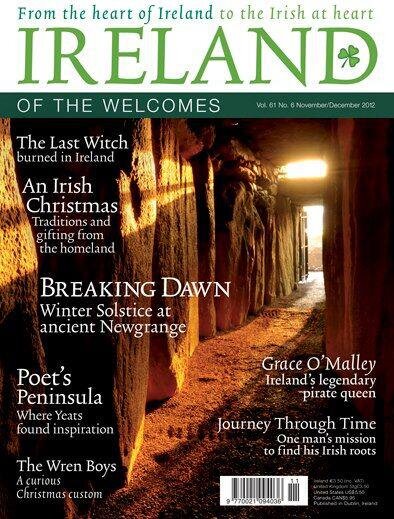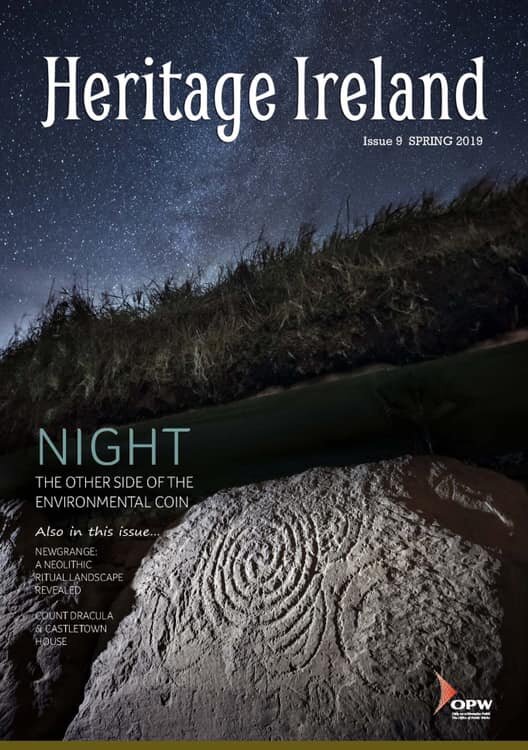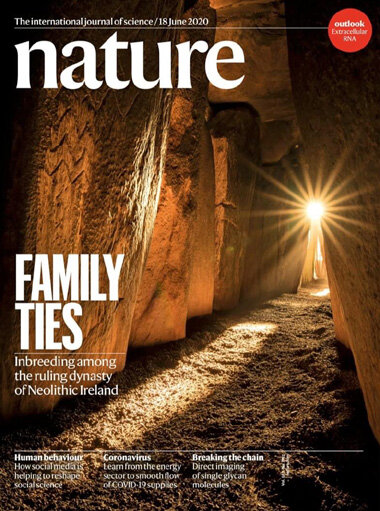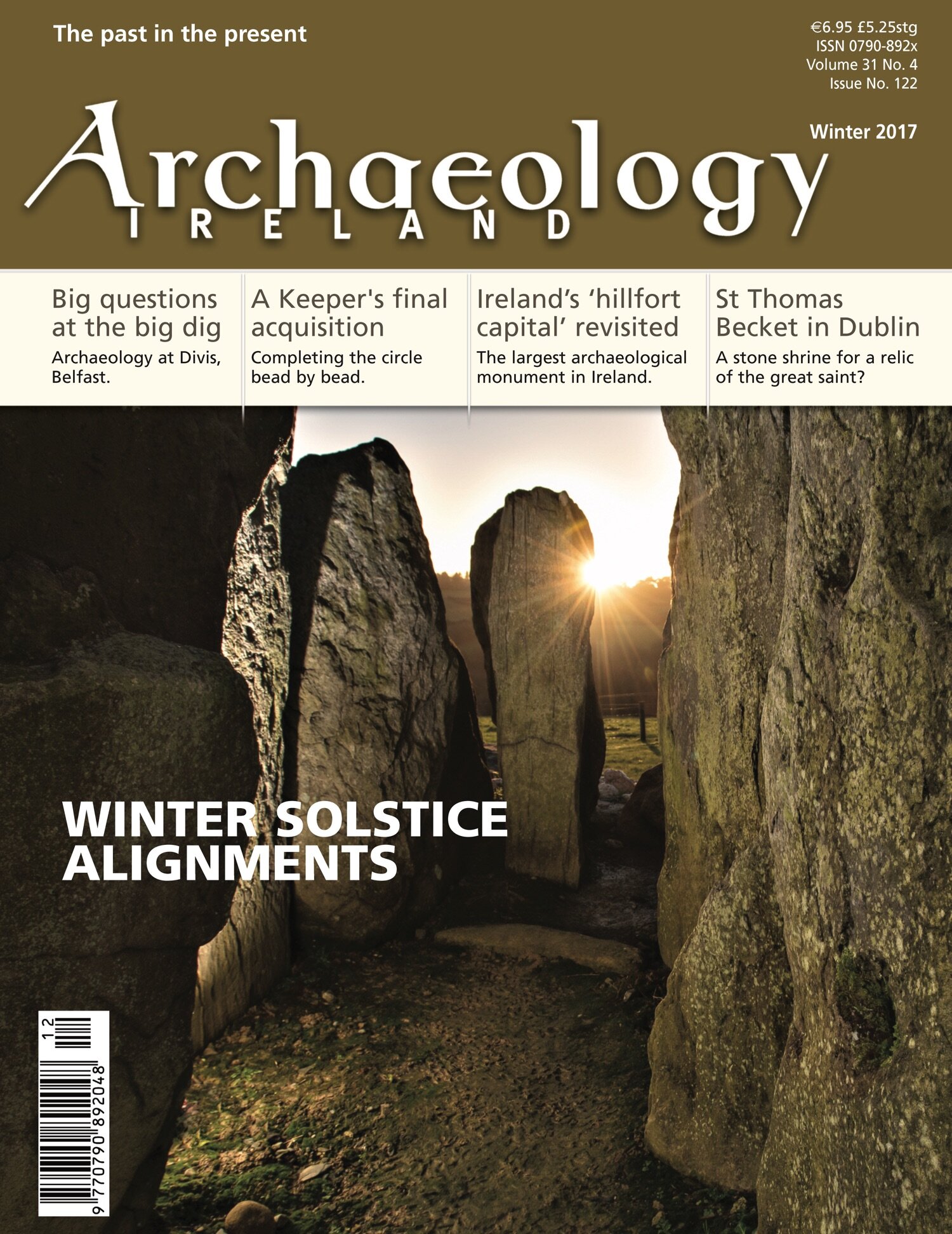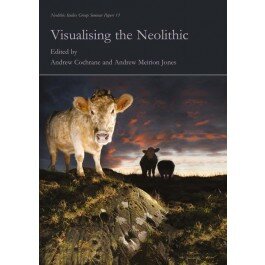
Discovering Ireland’s early art and architecture
Inside the western chamber of Knowth, Co. Meath
About Me
I am a photographer from Drogheda, County Louth, in the heart of the Boyne Valley. Although I am now based in County Wicklow, barely a week passes without a visit back to the monumental landscape around Newgrange and Knowth, the places that first sparked my passion for prehistory.
I first learned photography as a teenager in the early 1990s using an old Olympus film SLR loaned to me by the Art Department at the school I attended. There I also learned the essential darkroom techniques, developing and printing my own photographs. These early successes and failures, set mainly within the old ruins of Mellifont Abbey and Monasterboice and then brought to life in the blackness and peculiar chemical atmosphere of the darkroom, are still preserved in glossy black and white. They continue to ground my approach to this day; searching for a sense of timelessness and ambivalent realism, with just a hint of the otherworldly lurking in the shadows.
My specialist area is the prehistoric art and monuments of Western Europe. For almost twenty years I have been engaged in a photographic project centering on the megalithic monuments of Western Europe, under the working title 'Shadows and Stone'. I’ve been fortunate to visit and photograph, through generous accomodations and access, several of the most famous World Heritage Sites in Ireland, the UK and Contiental Europe.
Although I may be known for the use of lighting in the landscape, carefully applied to enhance rather than displace the ambience of the scene, my ambition remains to allow the subject and the composition speak for itself, rather being led by techniques. None of the images are ‘composite’ images (ie. elements from unrelated photographs pasted into each other, sky replacements etc.), they represent the scene either as it unfolded naturally or was created through the use of specialist lighting. I often carry up to five remote flash heads with me, even to the mountaintops. This approach was first borne, at least partially, in defiance of the often gloomy Irish winter; unintentionally, as it turned out, chipping away at the rhetorical challenge raised by Charles Dudley Warner: “while everybody talked about the weather, nobody seemed to do anything about it.”
Even so, Ireland is blessed with a highly varied climate, with long, dark winter nights and balmy summer days. But it is the brief moments of unpredictable and rapid change, even on the gloomiest winter’s day or in a featureless summer sky, that inspires so many artists and photographers here. So often, it’s a landscape so rich in heritage and nature that it needs nothing more than a willing witness to catch it at its best.
In the media
The ‘Shadows and Stone’ project has featured as a cover story in The Irish Times' magazine and Irish Arts Review as well as appearing in several solo and group exhibitions in Ireland. I’ve also been priviliged to see my work featured in ‘National Geographic’ magazine, the journal ‘Science’, ‘Archaeology Ireland’, ‘The New York Times’, ‘The Irish Times’, ‘The Irish Independent’ and on the cover of the 2017 An Post Irish Stamps Yearbook, among many others.
I have been invited to judge several photographic competitions, including Ireland’s inagural ‘Wiki Loves Monuments’ photo competition in 2014 and, most recently, Scotland’s Rock Art Photography Challenge for 2021, run by Heritage Enviornment Scotland.
A photograph from my collection of the winter solstice at Newgrange was chosen by the journal ‘Nature’ for the cover story of the recent Newgrange ancient DNA analysis which went on to make headlines worldwide.
“Key lights, back lights and fill lights transform a jumble of old stones into three-dimensional masterpieces. Williams' photographic style has evolved from tinkering with a basic manual flash to a battery of up to five flash guns. He is a master blender of the visual kind.”
- The Irish Times
Heritage Photography
In the Boyne Valley, where the project began, I’ve carried out the most extensive photographic study of the monuments within the World Heritage Site to date, placing a particular emphasis on engaging with the monuments and art with creativity and originality.
The use of multiple remote lighting units enabled the details in even the faintest art to come to life within a static image in a way previously unattainable without the use of laser scanners. As technonolgy progresses, I have supplemented these techniques with other 3D recording methods but have never abandoned the creative impulse to draw out the mysterious and the unknown, in a way no scanner can.
Photographs from my collection of the UNESCO World Heritage Site at the Coa Valley Archaeological Park, Portugal, chosen by the museum to represent the World Heritage Site at a symposium celebrating 100 years since the discovery of ‘Peking Man’ in China, 2018.
Innovations in lighting and atmospherics I developed over this time would eventually catch the attention of archaeologists and other heritage professionals, leading to an invitation in 2007 to exhibit my work at the Sixth World Archaeological Congress in Dublin the following year. During the official ‘handing-over’ ceremony for the Seventh World Archaeological Congress in Jordan, a framed piece from my collection was presented by the organisers in Dublin to the committe in Jordan.
A selection of photographs from the study of Knowth have already been published in Excavations at Knowth Volume 6: The Passage Tomb Archaeology of the Great Mound at Knowth | Royal Irish Academy (ria.ie) while an even larger selection will appear in the forthcoming Volume 7 on the megalithic art at Knowth. It has been a great honour to work alongside Dr. Elizabeth Shee Twohig, one of Europe’s foremost experts on archaeology and prehistoric art, for over a decade on this sometimes daunting, yet always rewarding, undertaking.
This photographic study has only been made possible through the assitance and goodwill offered by the Office of Public Works and the National Monuments Section of the Department of Housing, Local Government and Heritage. In particular, the local guides and management at the Brú na Bóinne Visitor centre have always been generous with their help and good humour, for which I am extremely grateful.
Photographs of Knowth, its art and artefacts, featured in Excavations at Knowth Vol. 6: The passage tomb archaeology of the Great Mound of Knowth.
Through experimental use of photographic lighting techniques I've documented the discovery of many examples of previously unrecorded carvings at some of Ireland's best known monuments as well as identifying previously unknown open-air rock art sites.
Over the years I have been involved in numerous collaborations with archaeologists on a wide range of projects, most notably the recording of the megalithic art at The Hellfire Club, Knowth, Newgrange and the newly discovered passage tombs at Dowth Hall in Co. Meath. I have contributed to several academic and popular publications and have spoken at conferences related to the themes of prehistoric art and monuments, their recording and future conservation. Selected research is available on my Academia.edu page.
Newly discovered rock art at Derreeny, County Kerry, found during an early morning scouting trip in the summer of 2020. This photograph was taken within minutes of its discovery.

